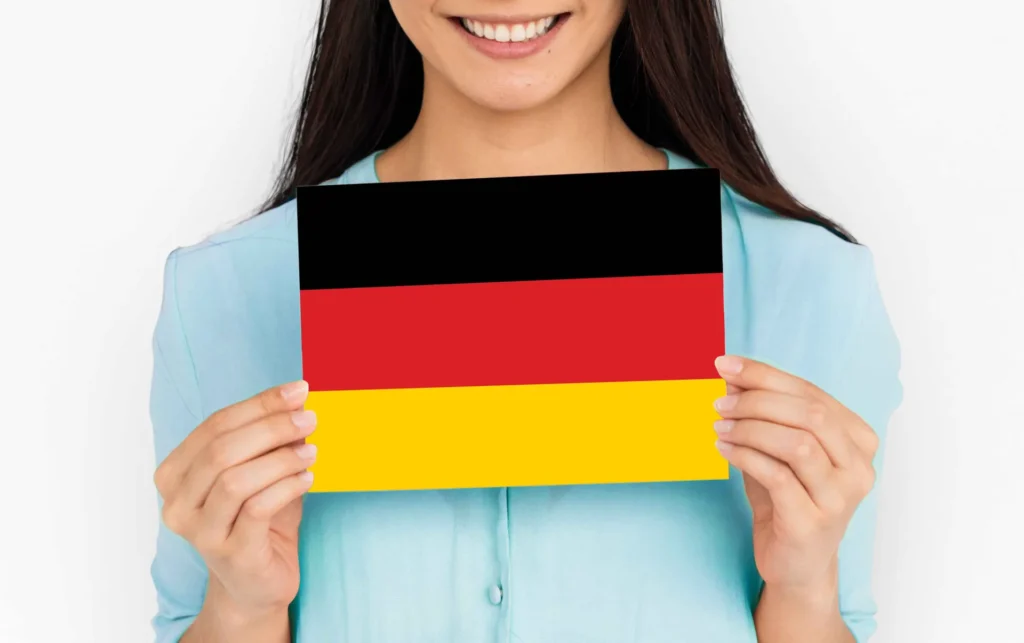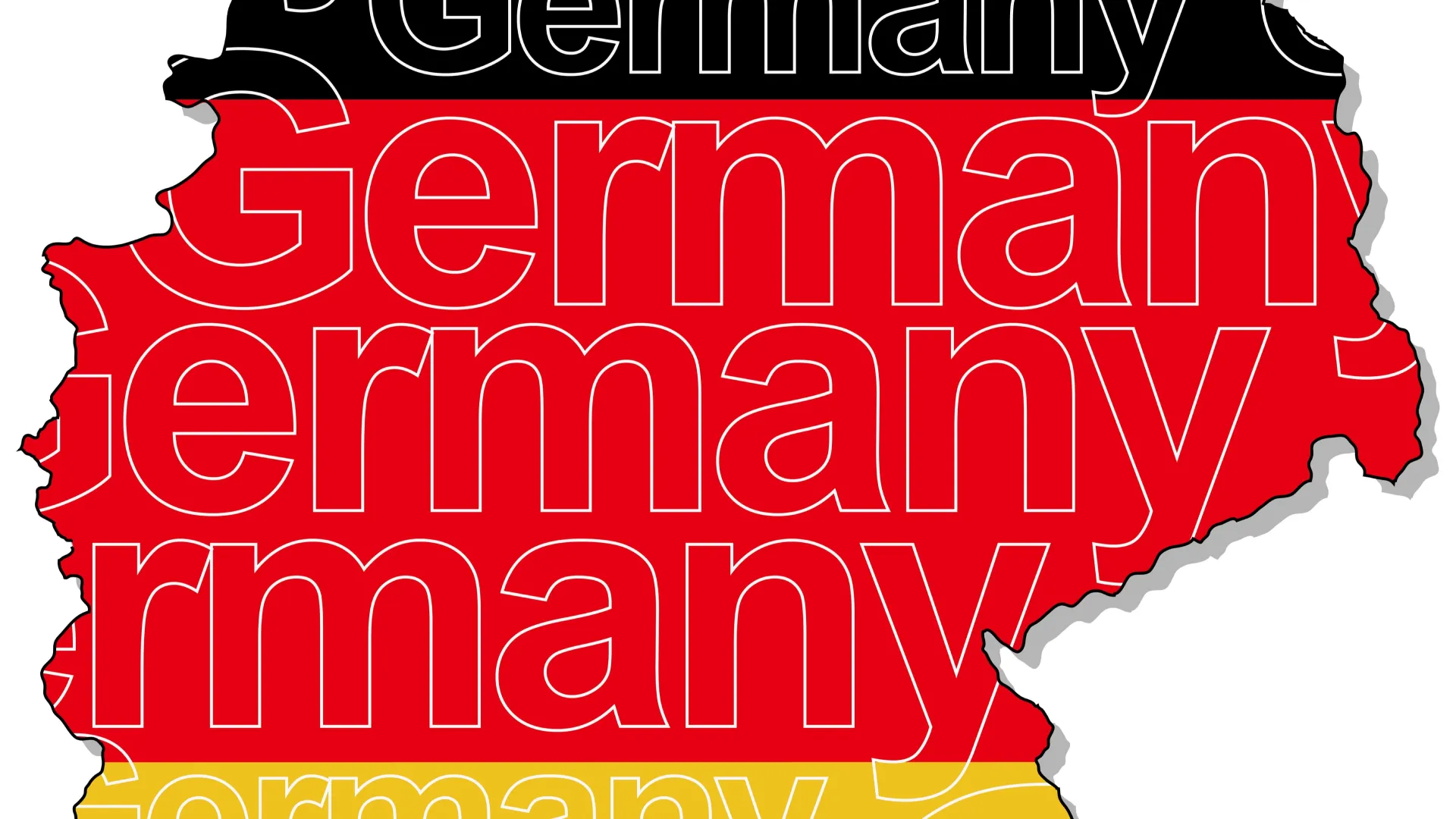Germany is the second largest e-commerce market in Europe, just behind the United Kingdom, according to research firms. With an estimated market size of $113.6 billion and exceptional business-to-consumer (B2C) value, the country’s sales dominate the e-commerce market.
But, besides its success and position, what makes it stand out from other countries and its e-commerce praxis? Unlike typical online consumers, standard German consumers have specific expectations from their chosen online suppliers. In the lines below, we lay out how.
Online Shopping Is an Integral Aspect of Germany’s Daily Life
The online shopping community is experiencing a massive surge in growth. At present, over 2.15 billion individuals around the globe participate in online shopping, accounting for 94% of all internet users, a figure comparable to the population of 55 million Germans.
In Germany, online shopping is a ubiquitous feature of daily life. With 94% of all internet users engaging in e-commerce, this amounts to approximately 55 million German residents.
Retailers are adapting to the trend, with 66% offering their products through both physical and online stores. Meanwhile, 25% maintain a purely brick-and-mortar presence, and 6% opt for an exclusively online approach.

Numerous businesses benefit from the so-called digitalization process. As a result, services and products are increasingly accessible online. The following are examples of effective digital transformations involving services and products:
- CDs and live concerts → Music streaming platforms and virtual music events (e.g., MTV VMA 2020)
- Printed books → Full-length audiobooks or summaries
- Traditional in-store grocery shopping → Prompt grocery delivery services
This is just a small sampling of the thriving and emerging e-commerce enterprises.
Research indicates that digitalization has enabled 53% of retailers to provide new products and services, facilitated international expansion for 36%, improved cross-channel communication for customer relationship management (CRM) in 63%, and helped 56% attract new clientele.
German Marketplace and Consumers
Germany has a dense population, and a significant percentage of its residents regularly use the Internet, resulting in millions of online buyers. This positions the nation as one of Europe’s leading markets in terms of population size, Internet usage, and overall spending power. A vast majority, 95%, of the local populace speaks German. Here are some figures related to the German e-commerce market:
- Population: 80.69 million
- Internet penetration: 89%
- Percentage of the population shopping online: 87%
- Number of online shoppers: 44 million

Main Buying Characteristics & Patterns
The average German consumer is aged between 30 and 40 and resides in a city within the nation. There are distinctions between German buyers from Western Germany and those from the East, which can be attributed to World War II.
Lower income levels and higher unemployment rates generally characterize economic conditions in Eastern Germany. To accommodate these cultural and historical disparities, online retailers should provide a range of delivery, payment, and return alternatives.
Moreover, international e-commerce vendors must be mindful of cultural variances when engaging with German online consumers. For example, Germans tend to be more private than their British counterparts and exhibit lower trust levels when making online purchases. Believe it or not, 82% of German consumers read the terms and conditions of the items they purchase on the Internet.
Consequently, it is crucial for German shoppers to feel reassured about the handling of their personal information. These consumers also prioritize security and typically prefer not to pay in advance. In that sense, vendors should not be taken aback by German buyers’ curiosity regarding legal matters.

How to Reach a German Consumer
As reported by E-commerce Europe, Germany is home to more than 150,000 companies selling goods and services online to consumers.
To meet the expectations of German consumers, businesses should pay attention to their preferences. For instance, as is reported, 88% of German e-customers shop on Amazon, 56% shop on eBay, and 31% shop on Zalando. Additionally, e-commerce companies should be aware that Germany represents 67% of e-commerce sales in Central Europe. In addition, with more than 23,000 Shopify-powered online stores, Germany rounds out the top five.
Therefore, it is essential for companies to offer their products on these platforms or create their online stores.
Moreover, the fashion segment has the highest potential for online sales in Germany, with German internet users spending a lot on clothes. Therefore, companies in the fashion industry should prioritize their online presence and create engaging content to attract and retain customers.
Additionally, companies should consider Germany’s dominance in e-commerce sales in Central Europe. As one of the largest markets in Europe, Germany offers significant business opportunities. It is essential to have a local presence, understand German consumers’ needs and preferences, and offer localized services and products.
Final Thoughts
To target the second-largest e-commerce market in Europe, businesses should pay attention to German consumers’ preferences, prioritize their online presence, and offer localized services and products.









